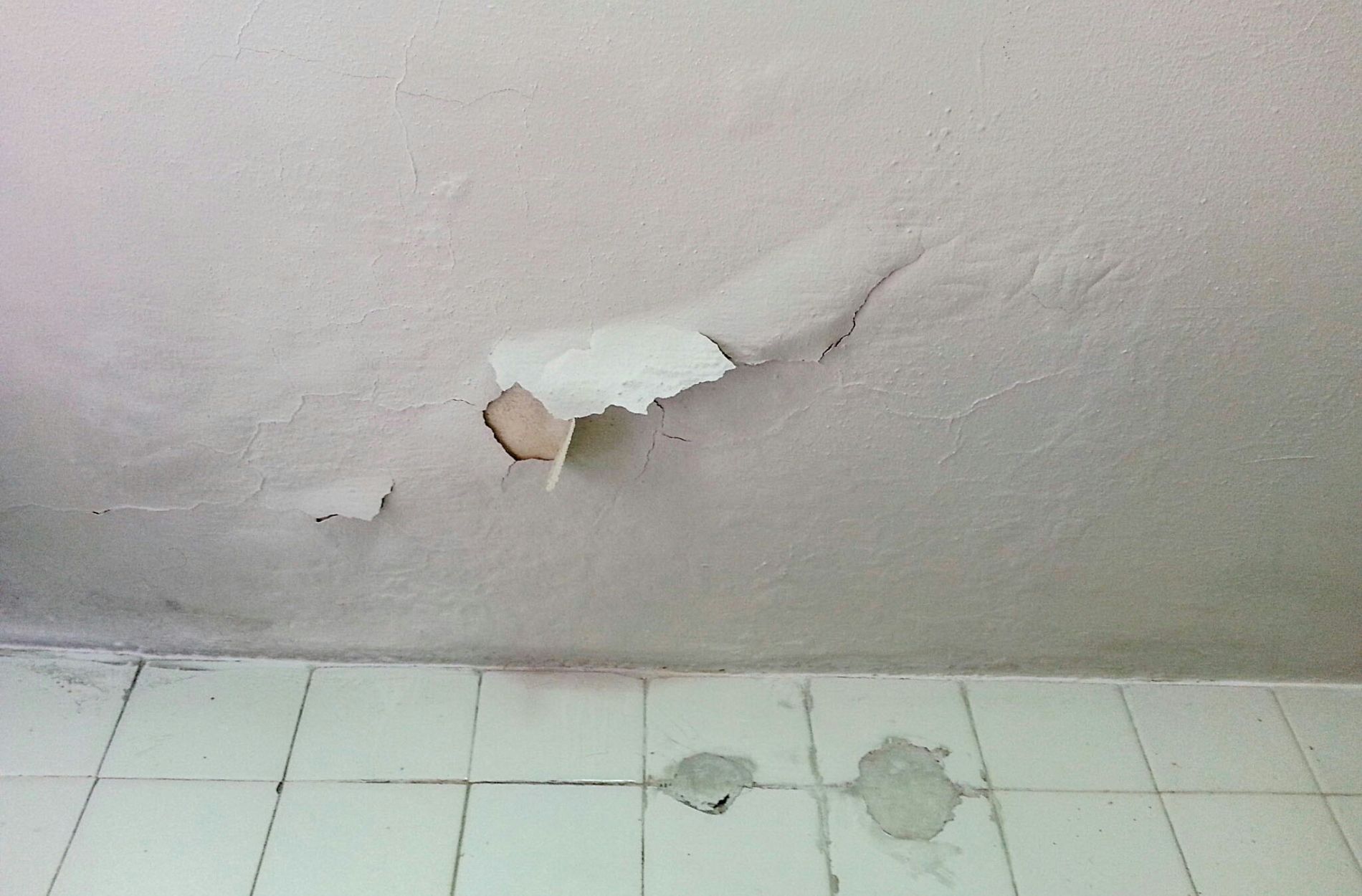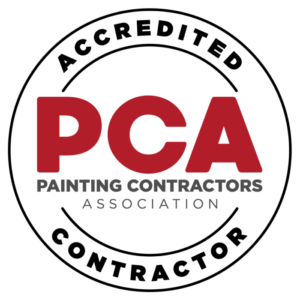How to Address Peeling Interior Paint

Peeling paint inside your home can be quite an eyesore. It makes your rooms look worn out and unkempt. It’s not just about appearances, though. Peeling paint can also signal underlying issues that might need attention. Whether it’s a bathroom, kitchen, or any room in your house, keeping your walls in good shape is key to maintaining your home’s cozy and welcoming vibe.
Now, why does interior paint peel in the first place? There can be several reasons behind it. Understanding these can help in maintaining your home better in the long run. If you’ve ever noticed flakes of paint falling off the wall or seen bubbling on the surface, those are telltale signs. It’s essential to address these signs early, as they can escalate if left unchecked. Leaving them as is for too long can lead to bigger problems, and it’s always better to be proactive.
Causes of Peeling Interior Paint
There are several culprits when it comes to peeling interior paint. Most often, it’s due to not preparing the surface well before painting. A common oversight is skipping the cleaning and sanding step, which means the new paint won’t stick well. Imagine painting over dust or grime; it’s like putting a band-aid over a dirty wound—it’s not going to stay put.
Another big factor: moisture. High levels of moisture or humidity in a room can cause paint to lose its grip. This is particularly common in areas like bathrooms or basements. It’s important to have proper ventilation systems in place. Windows and exhaust fans aren’t just for fresh air; they help reduce humidity, too.
Lastly, using low-quality paint is a mistake. There are good reasons to invest in better options. Cheaper paints might seem like a win initially, but they likely can’t withstand the regular wear and tear as effectively. Investing in quality paint means a smoother look and longer-lasting results, saving headaches in the long run.
By understanding the causes, you can take practical steps to prevent paint from peeling again. Preparing the wall correctly, controlling room moisture, and selecting the right paint are simple first steps to keeping those walls in top shape.
Signs That It’s Time to Address Peeling Paint
Keeping an eye out for the first signs of peeling paint can help you tackle the issue before it becomes a headache. Some common indicators include cracking, where the paint starts splitting or forming a pattern that resembles a spider’s web. If your paint begins to flake, you’ll notice small pieces breaking away from the surface, making your walls look patchy. Bubbling is another sign where the paint forms blisters due to trapped moisture underneath.
Detecting these signs early can save both time and money. By addressing the damage promptly, you can prevent larger fixes down the road. It’s like catching a flat tire when it’s just starting to deflate rather than waiting until you’ve driven on the rim. Quick repairs mean less hassle and maintain your walls’ beauty without significant disruptions.
Steps to Address Peeling Interior Paint
Once you’ve spotted the problem, it’s time to take action. Though tackling peeling paint might seem challenging, there are clear steps to getting it right:
- Prepping the Area: Start by cleaning the surface to remove any dust or grime. Sanding the area ensures the paint will adhere to a smooth, clean wall. This step removes the loose bits and creates the best foundation for your new paint.
- Applying Primer: A good primer serves as a barrier, preventing future peeling and improving paint adhesion.
- Repainting with High-Quality Paint: Choose a top-notch paint that can stand up to moisture and the occasional knock.
Each of these steps plays a vital role in fixing the damage effectively. While tackling the problem yourself can be tempting, hiring professionals ensures the job is done correctly. Professionals use their experience and tools to provide a perfect finish, making it a worthwhile investment for long-lasting results.
Preventing Future Peeling Problems
Once you’ve resolved the issue, you’ll want to keep it from happening again. Here are a few strategies:
- Ensure good ventilation in humid areas by using exhaust fans or opening windows.
- Use high-quality paint suited for your specific room conditions.
- Perform regular checks on your walls for early signs of trouble.
- Seal your walls properly to block moisture.
Regular maintenance and attention can help extend the life of your paint job. Simple measures like these not only preserve your interiors but also reduce the need for frequent repairs, ensuring that your home remains inviting and well-kept for years to come.
Keep Your Home Looking Fresh and Inviting
Dealing with peeling paint is more than just a task; it’s an opportunity to revive your living space. By addressing the sign early and choosing the right solutions, you create a welcoming environment that reflects your care and attention to detail. A well-maintained space enhances comfort and reflects a proactive approach to home care.
Taking prompt action to address paint issues can mean the difference between a small patch job and a major makeover. With the right care and attention, your walls will continue to look their best, offering you peace of mind and a beautiful home to enjoy.
If you’re looking to maintain a beautiful and durable home interior, it’s essential to manage your paint’s condition consistently. Keep your space fresh and inviting with a professional touch. At Premium Painting, we understand how interior house painting impacts your home’s ambiance. Let us help you achieve flawless results with our expert services. Learn more about our approach to interior house painting and see how our expertise can transform your living space in Minneapolis.





